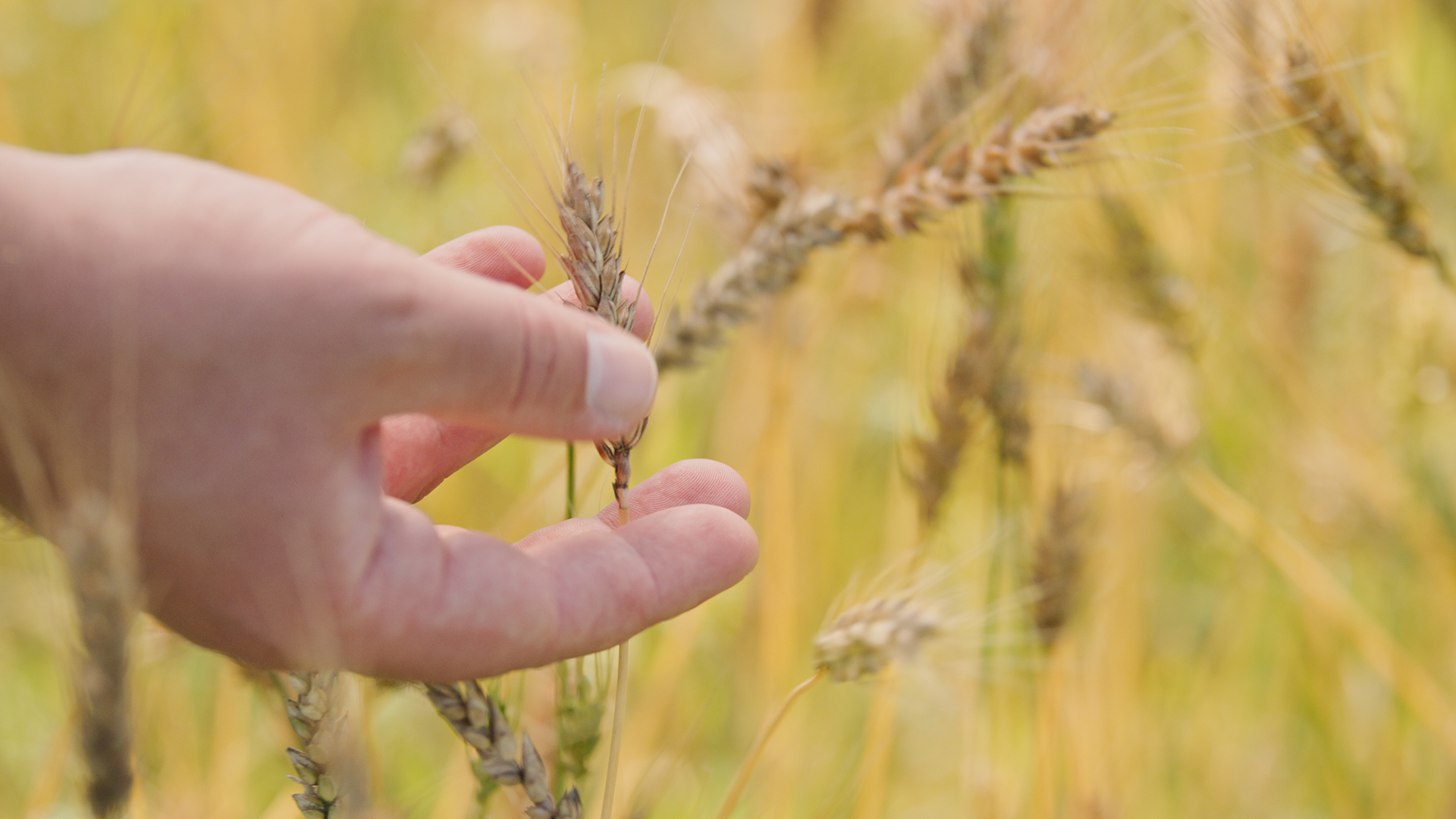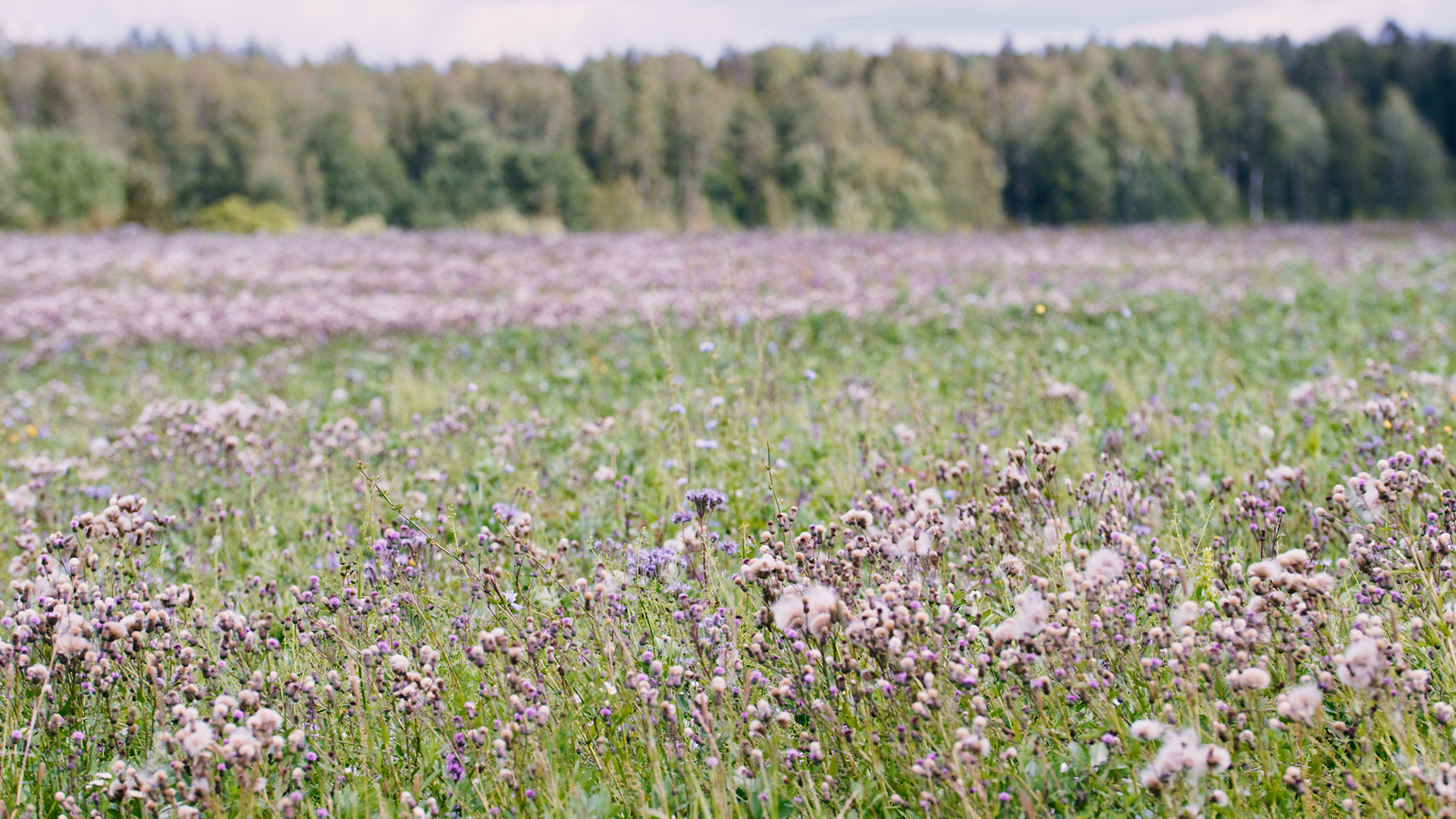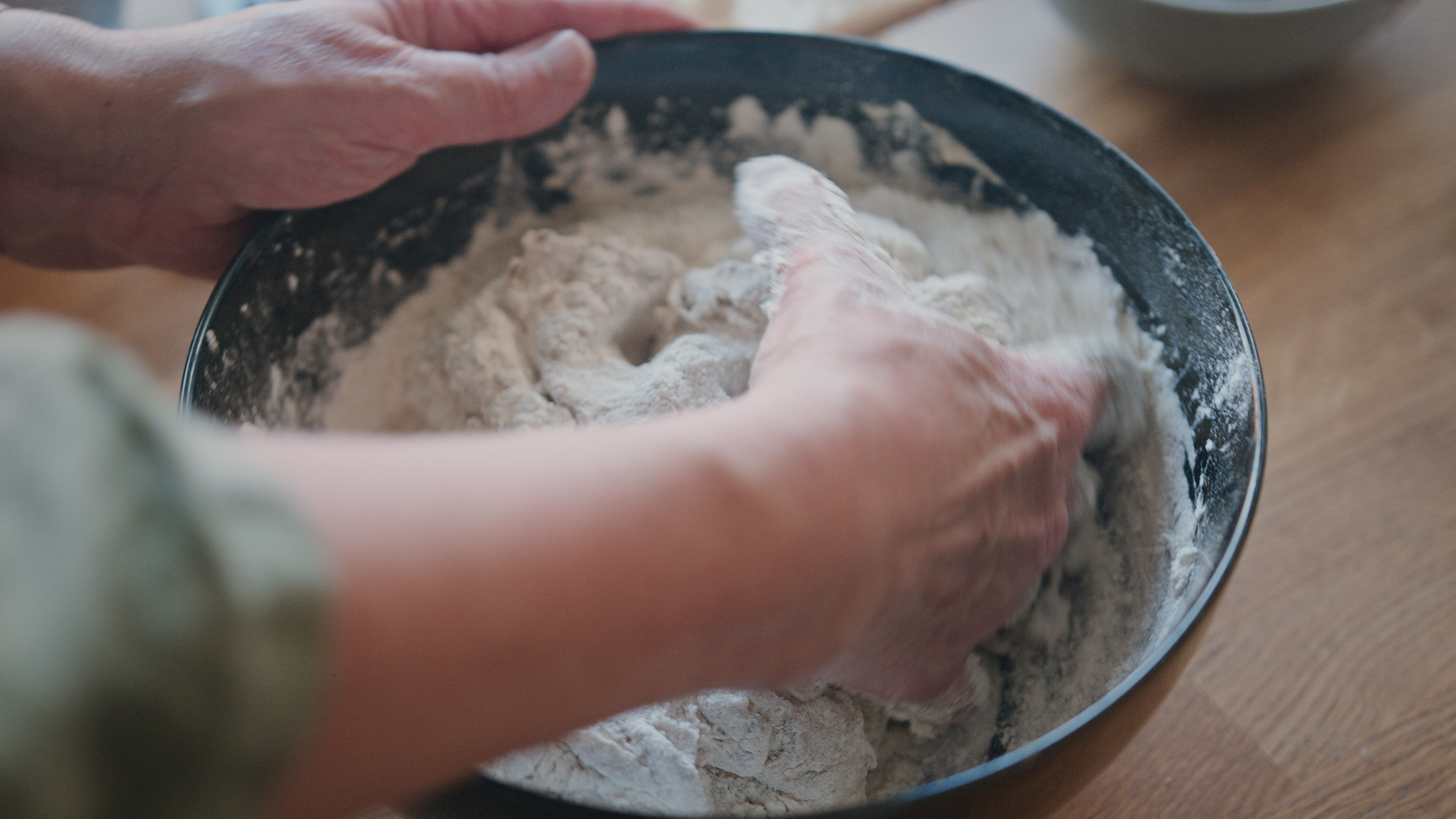Maaleipä Challenge invited home bakers, bakeries, restaurants, schools, and communities in Finland to create bread recipes that combine the well-being of land, water and people’s guts. Fourteen finalist breads were on display and tasted at the Maaleipä Feast on 21 September 2024 in Kellohalli, Helsinki. Check out all the recipes below and bake a bread for the future of the soil!
Maaleipä Recipes
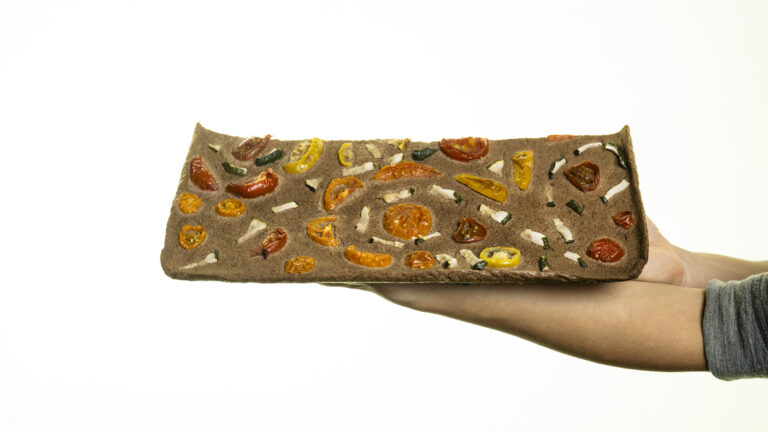
Acorn Flatbread
The Acorn Flatbread by Suvi Tiihonen from Keuruun Ekokylä contains leached acorns— a not very well known food from the forest—, buckwheat flour, zucchini and tomato.
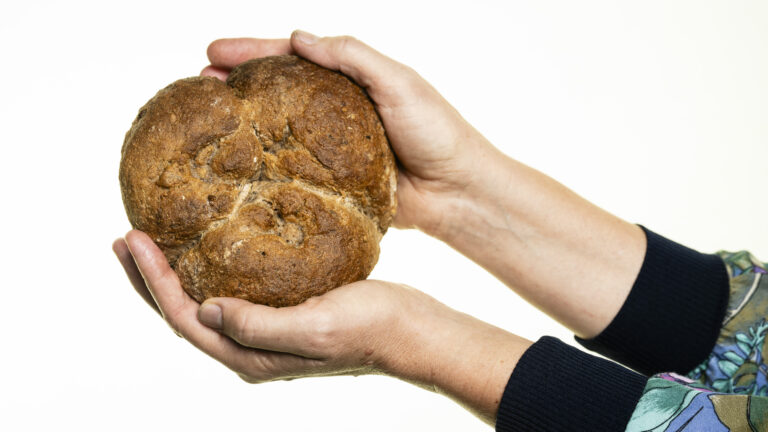
Aune’s Zero Waste Herb Bread
Aune’s Zero Waste Herb Bread is baked in Japanese-style Yudane and reuses leftover roots and other vegetables with an incredibly rich variety of nuts seeds and herbs.
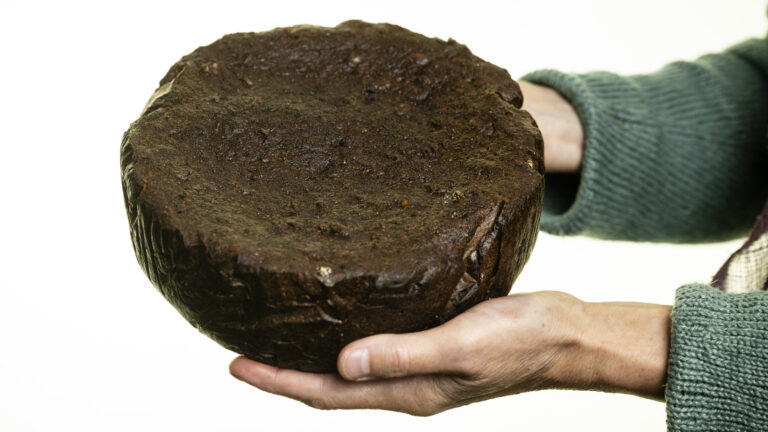
Gluten Free Hemp Buckwheat Bread
Merja Teräsvuori’s naturally gluten-free Hemb-buckwheat bread is made from a special combination of locally grown hemp flour, buckwheat flour, potatoes and an assortment of seeds.

Nettle Pancake Breadlet
Nettle Pancake Breadlet is Kirsi Hakonen’s honest oven top bread with nutritious nettle together with a rich mix of flours including—hemp, barley and spelt.
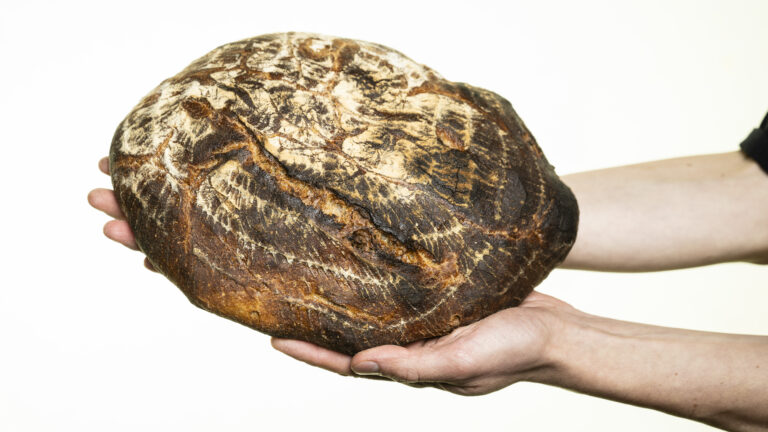
Wood Bread
Baked from pettu (pine bark) flour and flavoured with acorns, Jani Anders Purhonen’s fibre-rich Wood Bread celebrates the tradition of Pettu bread and takes a stand on the biodiversity of the farmland, using ingredients from the forest that could be a key part of our diet.

Round the Baltic Sea Caraway Cake
Anna Luttinen’s Round the Baltic Sea Caraway Cake contains spelt root, organically produced apples and zucchini, as well as caraway/cumin seeds—which are incredibly nutritious
Here’s how to make a Maaleipä:
Experiment with a variety of ingredients
Bake with diverse and nutritious ingredients: ancient cereal varieties, nutrient-rich plants, seeds, nuts, and wild herbs. You can find a list of suggestions below, but do use your own creativity, too!
Choose ingredients that care for the soil
Favour ecologically and locally grown ingredients that have been produced by farming methods that nurture the soil, such as regenerative farming. Find out what’s on offer in your immediate surroundings and what ingredients could grow there in the future.
Create a diverse bread culture
Give a fresh look to old classics, draw inspiration from different regions or invent something completely new! Maaleipä is different kinds and shapes of bread, bringing out the diversity of the bread cultures – and bread bakers – found in Finland.
What ingredients do we recommend for your Maaleipä bread?
The health of the land as well as our own bodies are based on the biodiversity of forests, fields, and residential gardens. Regional cereal varieties are more resistant to climatic changes, legumes fix nitrogen to the soil, and perennial plants’ roots grow deeper, bringing nutrients into the ground. By trying out such cereals and legumes in your baking that have been foraged or produced with soil-friendly farming methods, you can contribute to the health of the soil and, at the same time, prepare more nutritious food.
Here’s a list of some ingredients for your Maaleipä. Find out which of these are available at your local grocery store, small farm or mill, and what you can find in your own garden or nearby forest. What kinds of bread are made possible by your immediate surroundings?
Grains: Rye (ancient varieties like Sangaste), ancient wheats (such as einkorn, durum, emmer, Olympia autumn wheat), spelt, oats (such as naked oats), barley (such as hulless barley), and many more
Legumes: Lentils, beans, fava beans, sweet lupin, peas (such as snow peas, sugar snap peas, or other garden peas), and others
Roots and tubers: Potatoes, carrots, beets and parsnips
Nuts: Hazelnuts, walnuts, pecans, chestnuts, acorns and others
Seeds: Buckwheat seeds, hemp seeds, pumpkin seeds, cumin seeds, flax seeds, pine nuts, and others
Wild plants and herbs: Clover, chickweed, nettles, dandelion, ground elder, and others
Berries: Lingonberries, blueberries, cranberries, cloudberries, rowanberries, sea buckthorn, currants, and others
Edible Mushrooms: chanterelles, hedgehog mushrooms, milk caps and others
Other ingredients can include: Honey, bark, birch sap, lichens, mosses, or tree leaves
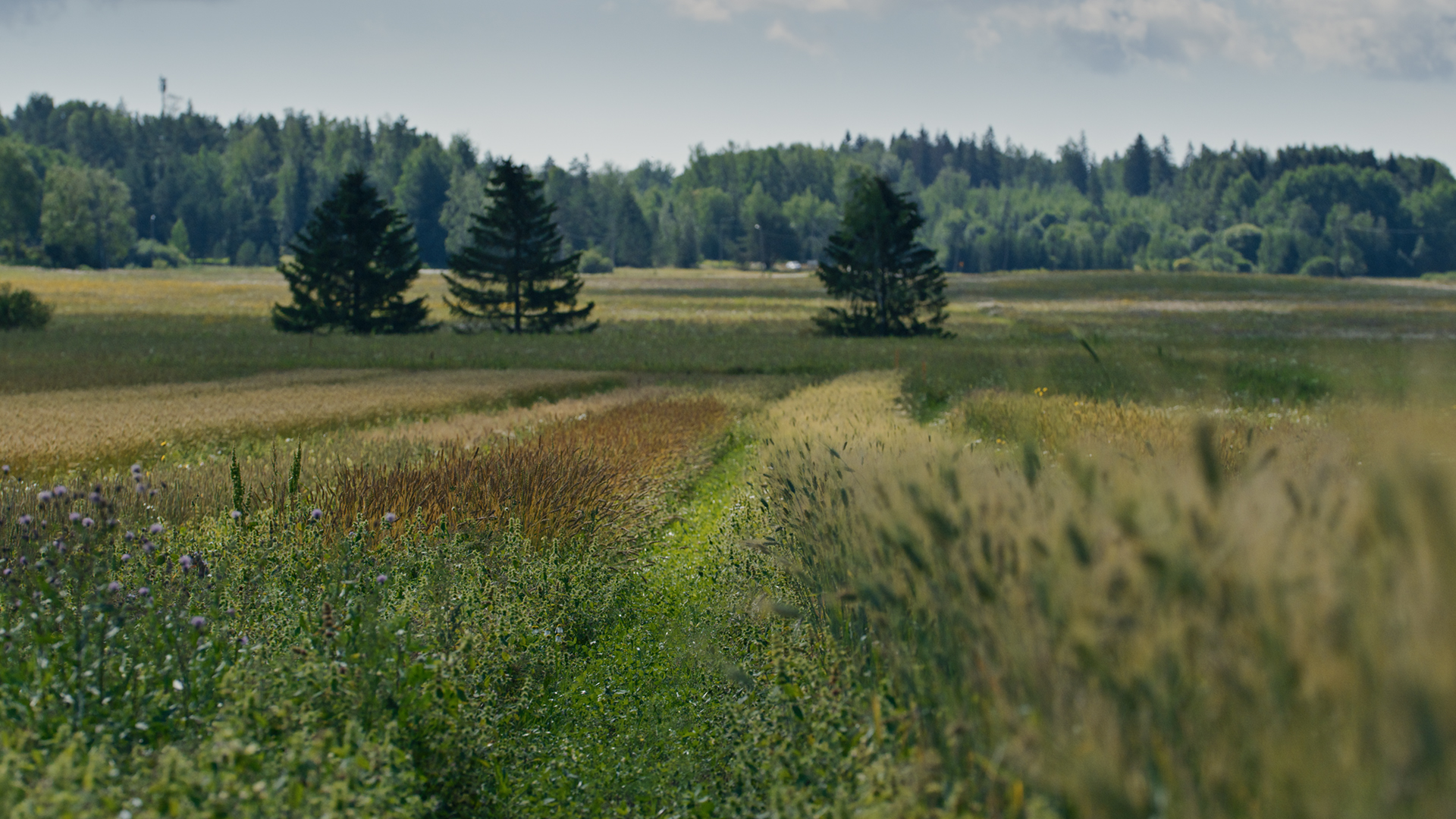

Learn more!
A group of researchers and experts have been involved in planning the Maaleipä Challenge. In the following videos, they describe from their perspectives how the health of soil, water, climate, and gut are inseparable.
Let's make Maaleipä – bread for the soil!
Maaleipä is a bread from ingredients that nurture the soil and are rich in nutrients—improving the health of humans, the land, the sea, and the many creatures inhabiting them.
Change starts with Maaleipä! Intensive cultivation of industrial wheat and other grains impoverishes the soil and pollutes water bodies. At the same time, monoculture farming directs land use towards growing feed for animals instead of producing food for human consumption, affecting our diet. We hope that you will continue making Maaleipä breads of different shape and taste!
Maaleipä breads champion locality, diversity, and nourishment.
Locality:
Maaleipä promotes breads that contain locally grown or foraged ingredients. How do these come together in your recipe?
Find out what products farmers and mills produce in your area. Are there farms near you that practice organic farming, regenerative agriculture, or agroforestry? Are there cooperatives or local food networks in your neighbourhood collaborating with these food producers? These methods help maintain healthy soil through crop rotation and the use of cover crops to naturally sequester nutrients in the soil, instead of using chemical fertilisers.
Maaleipä breads vary across Finland because soil and weather conditions vary. Rye grows well in the north and wheat in the south. How could your region’s soil and weather conditions be reflected in your bread, through grain and other ingredients? But don’t stop there: What plants and ingredients will begin to grow within Finland’s shifting climate and weather?
Diversity:
Maaleipä breads can contain as many ingredients as you can imagine. We recommend using grains that are at risk of disappearing as well as ancient and heirloom grain varieties that are more resilient than industrialised varieties as the climate changes.
This challenge encourages breads that also feature a variety of foods found in forests and along coastlines or self-grown plants and root vegetables. Have you tried using perennial crops, vegetables, and seeds in bread, such as caraway, red clover, and alfalfa, or ramsons, chives, and hops? The roots of perennial plants go deeper and remain in the soil longer, keeping the soil healthy and preventing nutrient runoff into water bodies. If you forage ingredients, remember to do so responsibly.
Maaleipä breads come in many shapes and flavours. What techniques do you use to bake your own bread, and what cultures, regions, traditions, and origins of ingredients does your bread reflect? Or are you creating something entirely new?
Nourishment:
Maaleipä breads use nutrient-rich ingredients. Have you tried baking with sourdough, which provides the bread with a rich microbiome? If you haven’t yet, you can start by using yeast.
Maaleipä breads rely on natural ingredients and do not include artificial preservatives, additives, or flavour enhancers. Environmental impacts from start to finish and minimisation of waste generated during baking will be considered.
The objective of Maaleipä Challenge is to make “maaleipä” – bread for the soil – as a Finnish word known and used to describe bread that nurtures the soil, sea and people. When you bake bread out of ingredients that take care of the soil and biodiversity, you can use the word “maaleipä” and the sentence below to describe it:
“This bread is maaleipä. I have selected ingredients that take care of the soil, sea and human beings. Learn more: www.maaleipa.fi”
Raise awareness of Maaleipä and have a debate by using the hashtags #maaleipä #MaaleipäChallenge #IHME2024
The Maaleipä Challenge was a nationwide challenge contest and work of art realised by the London-based artist duo Cooking Sections and the contemporary art commissioning agency IHME Helsinki. The challenge run from 15 April to 1 September 2024. The best breads and bakers were celebrated at Maaleipä Feast in Kellohalli in Teurastamo on Saturday 21 September 2024.
The Maaleipä Challenge, Cooking Sections’ IHME Helsinki Commission 2024, promotes the collective well-being of soil, waters, and people by launching a nationwide challenge open to all. The challenge is aimed at all bakers, home cooks, bakeries, schools, grassroots’ collectives, and restaurants, and its objective is to find bread recipes that would enhance the health of the land as well as our own health, now and in the future.
Cereal cultivation has a long history in Finland. The growing demand for forage crops has, however, reduced the arable land area available for the production of the key components of humans’ plant-based diets, and, at the same time, intensified the monoculture farming of oats, barley, wheat, and rye. Consequently, the agrochemicals that leach into the ground and eventually flow all the way into the Baltic Sea deplete the soils and cause the eutrophication of water systems. By developing new kinds of Maaleipä bread recipes we can counter this development. Join us in advancing the change!
Any questions? Contact: maaleipa@ihmehelsinki.fi
Who is organizing the Challenge?
Cooking Sections is a London-based artistic practice that examines the systems that organise the world through food. Their CLIMAVORE project asks how to eat as humans change climates. As new human-made “seasons” blur the lines between spring, summer, autumn and winter, and annual monsoons; periods of polluted seas, soil exhaustion or fertiliser runoff are instead increasingly shaping our foodscapes. Addressing the intensive, extractive practices that lead to them, CLIMAVORE imagines new platforms that can nourish new horizons.
IHME Helsinki is a contemporary art commissioning agency that combines art, science, and climate work. We produce annually a public artwork created by an international artist or artist group, in cooperation with Finnish and foreign partners. In addition to our annual commission, we organise four to five events each year. Through our commissions and events we contribute to the cultural change that the environmental crisis demands. Our work is possible with the support from Saastamoinen Foundation, Kone Foundation and Abakanowicz Art and Culture Charitable Foundation in 2023-25.

